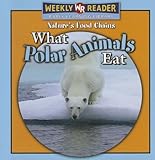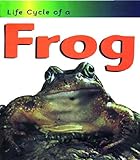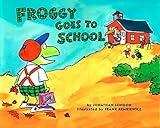Lesson 3: Identifying Information in Nonfiction
Lesson Plan
Nature's Food Chains: What Polar Animals Eat

- Learning Goal
- Identify facts learned from a nonfiction text.
- Duration
- Approximately 50 minutes
- Necessary Materials
- Provided: Independent Practice Worksheet
Not Provided: Nature’s Food Chains: What Polar Animals Eat, Life Cycle of a Frog, Froggy Goes to School, nonfiction books at each student’s reading level
-
Teacher Modeling

will review what we have learned about fiction and nonfiction books and how to identify them. I will explain that we read these texts differently. I will explain that nonfiction books give us information in words and pictures. I will also explain that it is very important to look at the pictures and all of the words, even if they are outside the main text. I will also explain that it is very important to stop and think about what you are learning after each page. I will model how to read and think about what I am learning from Nature’s Food Chains: What Polar Animals Eat, stopping on page 11. Note: Be sure to model how to read the labeled diagrams about the food chain.
-
Think Check
Ask: "How did I identify what I learned from a nonfiction book?" Students should respond that you read the book and thought about the facts that are right there in the text.
-
Guided Practice

will work together to read and discuss what we are learning from the rest of the book. We will discuss the text, pictures, and diagrams on each page.
-
Independent Practice

will read a nonfiction book at your level and record one fact you learn from the text and one fact you learn from the pictures or diagrams. (Independent Practice Worksheet is provided.)
Texts & Materials
Standards Alignment
(To see all of the ReadWorks lessons aligned to your standards, click here.)




I love this lesson for my first graders. They really enjoyed the lesson.
I love this lesson for my first graders. They really enjoyed the lesson.
I love this lesson for my first grade class. I really love the clear graphic organizers helping students identify features of non fiction